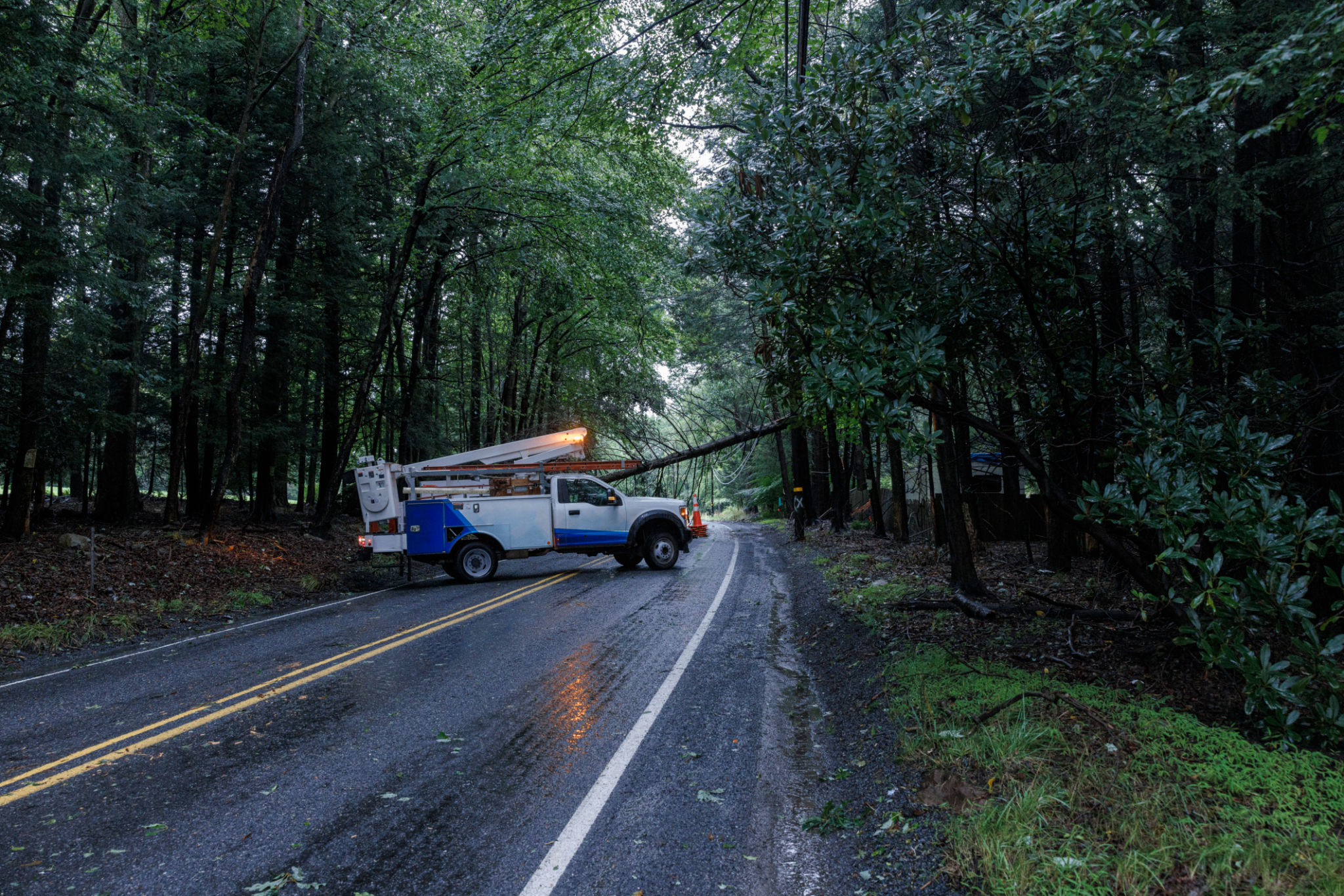Seasonal IT Disaster Recovery Planning: Preparing for the Unexpected
Understanding Seasonal IT Risks
In the ever-evolving world of information technology, businesses must plan for various disruptions. Among these, seasonal disasters such as hurricanes, floods, or blizzards can pose significant threats to IT infrastructure. Preparing for these unexpected events with a well-crafted IT disaster recovery plan is not just a proactive measure but a necessity.
Seasonal changes can bring about unpredictable weather patterns, each with its own set of challenges. Identifying the specific risks associated with each season is crucial in mitigating potential impacts on IT systems. By understanding these risks, companies can tailor their disaster recovery strategies to address the unique challenges posed by each season.

Developing a Comprehensive Disaster Recovery Plan
Assessing Vulnerabilities
Before crafting an effective disaster recovery plan, it is essential to conduct a thorough assessment of your organization's vulnerabilities. This involves identifying critical systems and data that could be affected by seasonal events. By pinpointing these vulnerabilities, businesses can prioritize their recovery efforts and allocate resources effectively.
Implementing Preventative Measures
Once vulnerabilities have been identified, implementing preventative measures is the next step. This could include reinforcing physical infrastructure, such as server rooms, to withstand harsh weather conditions. Additionally, ensuring data backups are regularly updated and stored offsite can safeguard valuable information from being lost during a disaster.

Testing and Updating Your Plan
Regular Testing
A disaster recovery plan is only as good as its execution. Regular testing of the plan ensures that all components function as expected during an actual disaster. Simulated drills can help identify weaknesses in the plan and provide an opportunity for staff to practice their roles in a controlled environment.
Updating and Adapting
As seasons change and new risks emerge, it is vital to update your disaster recovery plan accordingly. This may involve incorporating new technologies or adjusting strategies to reflect changes in your business operations. Regular reviews of the plan help ensure it remains relevant and effective in the face of evolving threats.

The Role of Communication in Disaster Recovery
Effective communication is crucial during any disaster recovery effort. Establishing clear lines of communication among team members, stakeholders, and clients helps maintain transparency and manage expectations during a crisis. Consider developing a communication protocol that outlines how information will be disseminated during different stages of a disaster.
Incorporating communication tools such as automated alerts or collaboration platforms can streamline the dissemination of information. These tools ensure that everyone involved is informed and able to respond swiftly to any developments, minimizing downtime and disruption to business operations.
Embracing a Culture of Preparedness
A successful disaster recovery strategy requires more than just a plan; it necessitates a culture of preparedness within the organization. Encouraging employees to be proactive in identifying potential risks and participating in drills fosters a sense of responsibility and readiness. When everyone understands their role in the recovery process, the organization is better equipped to handle unexpected events.
Ultimately, embracing a culture of preparedness ensures that your business can not only survive but thrive in the face of seasonal IT disasters. By prioritizing comprehensive planning, regular testing, effective communication, and continuous improvement, your organization will be well-prepared for whatever challenges come its way.
